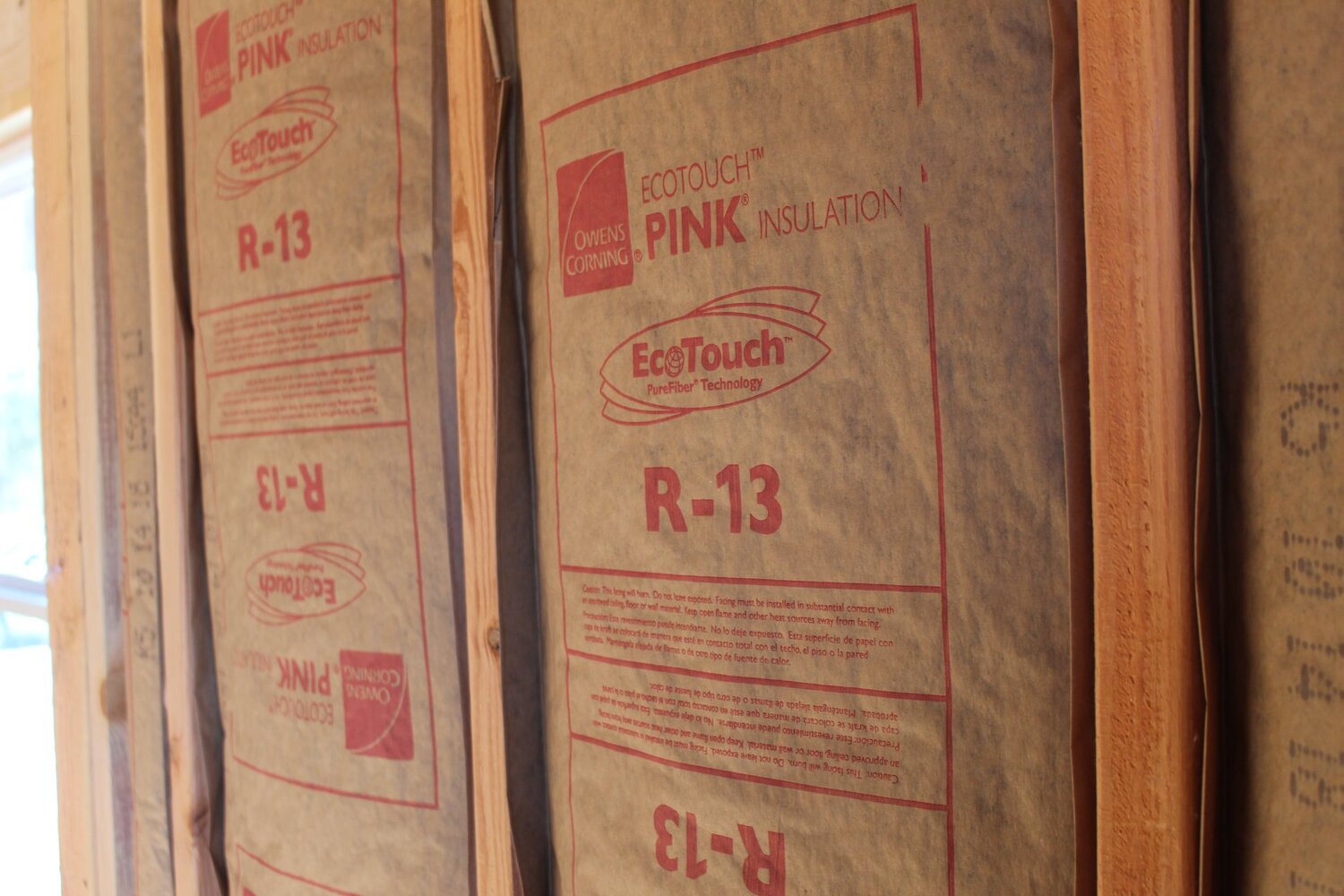

Articles
How To Calculate R-Value Of Insulation
Modified: January 3, 2024
Learn the step-by-step process of calculating the R-value of insulation. Our informative articles guide you through the necessary calculations for optimal thermal efficiency.
(Many of the links in this article redirect to a specific reviewed product. Your purchase of these products through affiliate links helps to generate commission for Storables.com, at no extra cost. Learn more)
Introduction
Insulation plays a crucial role in maintaining a comfortable and energy-efficient home or building. By effectively reducing heat transfer, insulation helps to regulate indoor temperatures, improve energy efficiency, and reduce heating and cooling costs. When it comes to insulation, one of the key factors to consider is the R-value. In this article, we will explore what the R-value is, why it is important, factors that affect it, and how to calculate it.
The R-value, or thermal resistance, is a measure of how well a material insulates against heat transfer. It indicates the material’s ability to resist the flow of heat. The higher the R-value, the better the insulation is at preventing heat transfer. Understanding the R-value of insulation is essential when selecting the right type and thickness of insulation for your specific needs.
Before we delve deeper into the calculation of the R-value, let’s first understand why this value is so significant in insulation.
Key Takeaways:
- Understanding the R-value of insulation is crucial for energy efficiency, comfort, and environmental impact. Factors like material type, thickness, and installation quality affect R-value, making accurate calculations essential for optimal insulation performance.
- Calculating the R-value involves measuring insulation thickness, determining material conductivity, and performing specific calculations. This process enables informed decisions on insulation selection and ensures effective heat transfer reduction.
Read more: What Is The R-Value In Insulation
What is the R-value of insulation?
The R-value of insulation is a measure of its thermal resistance, or the ability to resist heat flow through a material. It indicates how well the insulation can prevent heat transfer between the inside and outside of a building. The higher the R-value, the greater the resistance to heat flow, and thus the more effective the insulation is in keeping the desired temperature inside a space.
R-value is determined by various factors, including the type of insulation material, its thickness, and its density. Different materials have different inherent properties that affect their insulating capabilities. Common insulation materials include fiberglass, cellulose, foam, and mineral wool, each with its own R-value per inch. The thickness of the insulation also plays a significant role in its R-value, as a thicker layer provides greater resistance to heat transfer.
The R-value is crucial in determining the overall energy efficiency of a building. A higher R-value means that there is less heat loss during the winter and less heat gain during the summer. This translates to reduced energy consumption for heating and cooling, resulting in lower utility bills and a smaller environmental footprint.
It’s important to note that the R-value of insulation is not static and can degrade over time. Factors such as moisture, settling, and compression can affect the insulation’s ability to resist heat flow. Regular maintenance and insulation inspections are necessary to identify any issues and ensure that the insulation is performing at its optimal level.
Now that we have a basic understanding of what the R-value is, let’s explore why it is so crucial in insulation and energy efficiency.
Why is the R-value important?
The R-value is a critical factor to consider when it comes to insulation. Its importance lies in its ability to determine the effectiveness of insulation in regulating temperature and reducing energy consumption. Here are some key reasons why the R-value is important:
- Energy efficiency: The R-value directly correlates to the energy efficiency of a building. A higher R-value means greater resistance to heat flow, resulting in reduced energy consumption for heating and cooling. By effectively insulating a space with a high R-value, you can minimize the need for excessive heating or cooling, leading to significant energy savings and lower utility bills.
- Comfort: Insulation with a high R-value helps to maintain consistent temperatures inside a building regardless of the conditions outside. It acts as a barrier, preventing heat from escaping during colder months and preventing heat from entering during hotter months. This ensures a more comfortable living or working environment for occupants.
- Environmental impact: By minimizing energy consumption, insulation with a high R-value reduces the carbon footprint of a building. It decreases the reliance on heating and cooling systems, which often rely on fossil fuels. Decreasing energy consumption helps to mitigate the greenhouse gas emissions associated with energy production, contributing to a more sustainable and eco-friendly world.
- Compliance with building codes: Many building codes and regulations stipulate minimum R-values for different climate zones. Adhering to these requirements ensures that buildings meet the necessary thermal performance standards. Failing to meet these codes may result in penalties or the inability to obtain necessary permits for construction or renovation.
It’s important to note that the required R-value may vary depending on factors such as climate, building type, and construction materials. Consulting with insulation experts and understanding local building codes can help ensure that the selected insulation meets the necessary requirements for optimal energy performance.
Now that we understand the importance of the R-value, let’s explore the factors that can affect it.
Factors affecting the R-value of insulation
Several factors can influence the R-value of insulation, impacting its effectiveness in preventing heat transfer. Understanding these factors can help you make informed decisions when selecting insulation materials. Here are some key factors that can affect the R-value of insulation:
- Type of insulation material: Different insulation materials have different inherent properties that affect their R-values. For example, fiberglass insulation has a higher R-value per inch than cellulose or foam insulation. It’s important to consider the specific characteristics of each material when determining the most suitable option for your needs.
- Thickness of insulation: The thickness of insulation plays a significant role in its R-value. Generally, the thicker the insulation, the higher its R-value. However, it’s important to consider factors such as space limitations and building codes when determining the appropriate thickness of insulation for your project.
- Density: The density of insulation refers to how tightly or loosely packed the fibers or particles are. Higher-density insulation has a higher R-value than lower-density insulation. Choosing the right density is crucial to ensure optimal thermal performance.
- Installation quality: The quality of insulation installation can impact its R-value. Gaps, compression, or improper installation techniques can reduce the effectiveness of insulation by allowing for heat transfer. Hiring professionals or following proper installation guidelines can help ensure that the insulation performs as intended.
- Moisture and humidity: Moisture can reduce the R-value of certain types of insulation, such as fiberglass or cellulose. It can cause the insulation to lose its insulating properties and lead to mold or rot. Proper moisture management and choosing moisture-resistant insulation can help mitigate these issues.
- Age and degradation: Over time, insulation can degrade, settle, or compress, which can impact its R-value. Regular inspections and maintenance can help identify any issues and ensure that the insulation is performing optimally.
Keep in mind that the combination of these factors will determine the overall R-value of the insulation system. Selecting the right insulation material, considering the appropriate thickness and density, ensuring proper installation, and managing moisture are all crucial for maximizing the R-value and the overall energy efficiency of your building.
Now that we have explored the factors that can affect the R-value of insulation, let’s dive into understanding the R-value ratings and how to calculate them.
Understanding the R-value ratings
When it comes to insulation, understanding the R-value ratings is essential for selecting the right insulation material and thickness for your specific needs. R-value ratings provide a standardized measure of insulation’s thermal resistance. Here’s what you need to know about R-value ratings:
R-value per inch: The R-value per inch is a measure of how much thermal resistance a material provides for every inch of thickness. Different insulation materials have varying R-values per inch due to differences in their composition and density. For example, fiberglass typically has an R-value of around 3.5 per inch, while foam insulation can have a higher R-value of 6 or more per inch.
Overall R-value: The overall R-value of insulation is determined by multiplying the R-value per inch by the actual thickness of the installed insulation. For example, if you have insulation with an R-value of 3.5 per inch and a thickness of 6 inches, the overall R-value would be 21 (3.5 x 6).
Cumulative R-value: In cases where multiple layers of insulation are used, the R-values are added together to obtain the cumulative R-value. For example, if you have a layer of insulation with an R-value of 10 and another layer with an R-value of 15, the cumulative R-value would be 25 (10 + 15).
Climate zones: Building codes often specify minimum R-values based on climate zones. These zones take into account factors such as average temperatures and heating/cooling requirements. It’s important to consult local codes to determine the appropriate R-value requirements for your area.
Varied R-value needs: Different areas within a building may have different R-value requirements. For example, the roof might require a higher R-value than the walls due to heat rising and potential heat loss. Understanding the specific R-value needs for different areas of your building can help optimize insulation efficiency.
When selecting insulation materials, consider the R-value per inch, the required overall R-value, and any additional factors that may influence the effectiveness of insulation in your specific situation. Consulting with insulation experts can provide valuable guidance in choosing the right insulation materials and achieving the desired level of thermal resistance.
Now that we understand the R-value ratings, let’s move on to the process of calculating the R-value of insulation.
When calculating the R-value of insulation, remember to consider the material’s thickness and thermal conductivity. The higher the R-value, the better the insulation’s ability to resist heat flow.
Read more: What R-Value Is Blow-In Insulation
How to calculate the R-value of insulation
Calculating the R-value of insulation involves a straightforward process that takes into account the thickness of the insulation and the thermal conductivity of the material. Here’s a step-by-step guide on how to calculate the R-value:
- Step 1: Measure the thickness of the insulation: Use a ruler or measuring tape to determine the thickness of the insulation. Measure in inches for consistency with most R-value calculations.
- Step 2: Determine the conductivity of the insulation material: Look up the thermal conductivity value (k-value) of the insulation material being used. This value represents the rate at which heat passes through the material, with lower values indicating better insulation properties. The k-value is usually provided by the manufacturer or can be obtained from technical resources.
- Step 3: Calculate the R-value: Divide the thickness of the insulation (in inches) by the thermal conductivity value (k-value) of the material. The result will give you the R-value of the insulation for that specific thickness. For example, if the insulation thickness is 6 inches and the k-value is 0.5, the R-value would be 12 (6 / 0.5).
It’s important to note that the R-value calculated using this method represents the R-value per inch of thickness. To obtain the overall R-value for the installed insulation, multiply the R-value per inch by the actual thickness of the insulation used.
Here’s an example to illustrate the calculation of the overall R-value: if you have insulation with an R-value of 6 per inch, and you install it with a thickness of 10 inches, the overall R-value would be 60 (6 x 10).
Remember that this calculation method assumes a uniform thickness and consistent thermal conductivity throughout the insulation material. In reality, insulation thickness and material properties might vary. It’s essential to consider these variations and consult with insulation experts to ensure accurate calculations for your specific project.
By calculating the R-value of the insulation, you can make informed decisions about the right insulation thickness and material to achieve the desired level of thermal resistance for your building.
Now that we know how to calculate the R-value, let’s summarize the key points of this article.
Step 1: Measure the thickness of the insulation
Measuring the thickness of the insulation is the first step in calculating its R-value. This step ensures that you have accurate information to determine the insulating properties of the material. Here’s how to measure the thickness of insulation:
- Gather the necessary tools: You will need a measuring tape or ruler to measure the thickness of the insulation. Ensure that the measuring tool is in good working condition and provides accurate measurements.
- Identify the area of insulation to be measured: Determine the specific area of insulation that you want to measure. It could be a wall, roof, floor, or any other location where insulation is installed.
- Locate a suitable access point: Identify a spot where you can access the insulation layer easily. This could be an attic hatch, a crawl space entrance, or an exposed section of insulation.
- Position the measuring tool: Place the measuring tool perpendicular to the insulation surface. Ensure that it touches both ends of the insulation layer.
- Read and record the measurement: Take note of the measurement displayed on the measuring tape or ruler at the point where it intersects with the insulation. Record the measurement accurately in inches.
- Repeat the process if necessary: If you have multiple areas of insulation to measure, repeat the process for each location, ensuring accurate measurements for each section.
When measuring, it’s important to account for any irregularities or variations in thickness. If the insulation is not evenly compressed or installed, take multiple measurements at different points to get an average or representative thickness. This will provide a more accurate assessment of the overall insulation thickness.
Keep in mind that the accuracy of the measurement will directly impact the overall R-value calculation. Therefore, take your time to ensure precise measurements for the best results.
Once you have measured the thickness of the insulation, you can proceed to the next step in calculating the R-value, which involves determining the thermal conductivity of the insulation material. By following these steps, you will have the necessary information to make informed decisions about insulation selection and understand its thermal resistance properties.
Now that we have measured the thickness of the insulation, let’s move on to step 2: determining the conductivity of the insulation material.
Step 2: Determine the conductivity of the insulation material
In step 2 of calculating the R-value of insulation, you need to determine the thermal conductivity of the insulation material. Thermal conductivity is a measure of how well a material conducts heat or transfers thermal energy. It is represented by the thermal conductivity value, also known as the k-value, which is specific to each insulation material. Here’s how to determine the conductivity of the insulation material:
- Refer to the manufacturer’s information: The thermal conductivity value or k-value is typically provided by the insulation manufacturer. This information is often available on the product packaging, the accompanying documentation, or the manufacturer’s website. Look for the specified k-value for your specific insulation product.
- Consult technical resources: If the manufacturer’s information is not readily available or you need further clarification, consult technical resources such as engineering handbooks or technical data sheets. These resources provide detailed information about various insulation materials and their thermal properties.
- Consider variations in the insulation material: Keep in mind that the thermal conductivity of an insulation material may vary depending on factors such as density or the presence of additives. If you are using a specific formulation or variation of the insulation material, ensure that you have the corresponding k-value for that specific variant.
It’s crucial to use the correct thermal conductivity value for the insulation material to ensure accurate calculations of the R-value. Using an incorrect or inaccurate k-value can lead to incorrect R-value calculations, which may impact the performance and effectiveness of the insulation system.
If you encounter any difficulties in determining the thermal conductivity of the insulation material, reach out to the manufacturer or consult insulation experts for assistance. They can provide guidance and help ensure that you have the correct information for your calculations.
Once you have determined the thermal conductivity of the insulation material, you can proceed to the final step: calculating the R-value.
Now that we have determined the conductivity of the insulation material, let’s move on to step 3: calculating the R-value.
Step 3: Calculate the R-value
In the final step of calculating the R-value of insulation, you will combine the measured thickness of the insulation (from step 1) with the determined thermal conductivity of the insulation material (from step 2) to obtain the R-value. Here’s how to calculate the R-value:
- Divide the thickness of the insulation by the thermal conductivity: Take the thickness of the insulation that you measured in step 1 and divide it by the thermal conductivity of the insulation material that you determined in step 2. This will give you the R-value per inch of thickness for the specific insulation material. For example, if the insulation thickness is 6 inches and the thermal conductivity is 0.5, the R-value per inch would be 12 (6 / 0.5).
- Multiply the R-value per inch by the actual thickness: Take the R-value per inch that you calculated in the previous step and multiply it by the actual thickness of the installed insulation. This will give you the overall R-value for the insulation system. For example, if the R-value per inch is 12 and the insulation thickness is 10 inches, the overall R-value would be 120 (12 x 10).
It’s important to note that the first calculation provides the R-value for one inch of insulation thickness, while the second calculation gives you the overall R-value for the actual thickness of insulation installed. The overall R-value represents the insulating effectiveness of the entire insulation system.
Remember to use consistent units for thickness (inches) throughout the calculation to ensure accurate results.
If you have multiple layers of insulation with different R-values, you can calculate the cumulative R-value by adding the respective R-values together.
By calculating the R-value, you gain valuable insights into the insulating capacity of the material and can make informed decisions about its suitability for your project’s thermal requirements.
Now that we have completed all the steps and calculated the R-value, let’s conclude our discussion.
Read more: What Is The R-Value Of Fiberglass Insulation
Conclusion
The R-value of insulation plays a crucial role in maintaining energy efficiency and comfort in buildings. By understanding and calculating the R-value, you can make informed decisions about the selection and thickness of insulation materials to achieve optimal thermal resistance.
In this article, we explored the importance of the R-value in insulation, including its impact on energy efficiency, comfort, environmental sustainability, and compliance with building codes. We also discussed the factors that affect the R-value, such as the type of insulation material, thickness, density, installation quality, moisture, and age. Understanding these factors helps in choosing the right insulation for your specific needs.
We further delved into the concept of R-value ratings, which provide standardized measures of thermal resistance. By understanding R-value per inch, overall R-value, cumulative R-value, and climate zone considerations, you can determine the appropriate level of insulation needed for your climate and building type.
We then outlined the step-by-step process for calculating the R-value of insulation. This involves measuring the insulation thickness accurately, determining the thermal conductivity of the insulation material, and performing the necessary calculations using the measured values. By following these steps, you can obtain the R-value per inch and the overall R-value for the insulation system.
Calculating the R-value allows you to evaluate the insulation’s effectiveness in reducing heat transfer and maintaining desired indoor temperatures. It aids in achieving energy efficiency, minimizing utility costs, and reducing environmental impact.
Remember to consult insulation experts, adhere to local building codes, and consider specific project requirements when selecting and calculating the R-value of insulation.
In conclusion, understanding and calculating the R-value of insulation is essential in creating energy-efficient, comfortable, and sustainable living and working spaces. By incorporating high-quality insulation with the appropriate R-value, you can enhance the overall performance and efficiency of your building while contributing to a greener future.
Frequently Asked Questions about How To Calculate R-Value Of Insulation
Was this page helpful?
At Storables.com, we guarantee accurate and reliable information. Our content, validated by Expert Board Contributors, is crafted following stringent Editorial Policies. We're committed to providing you with well-researched, expert-backed insights for all your informational needs.
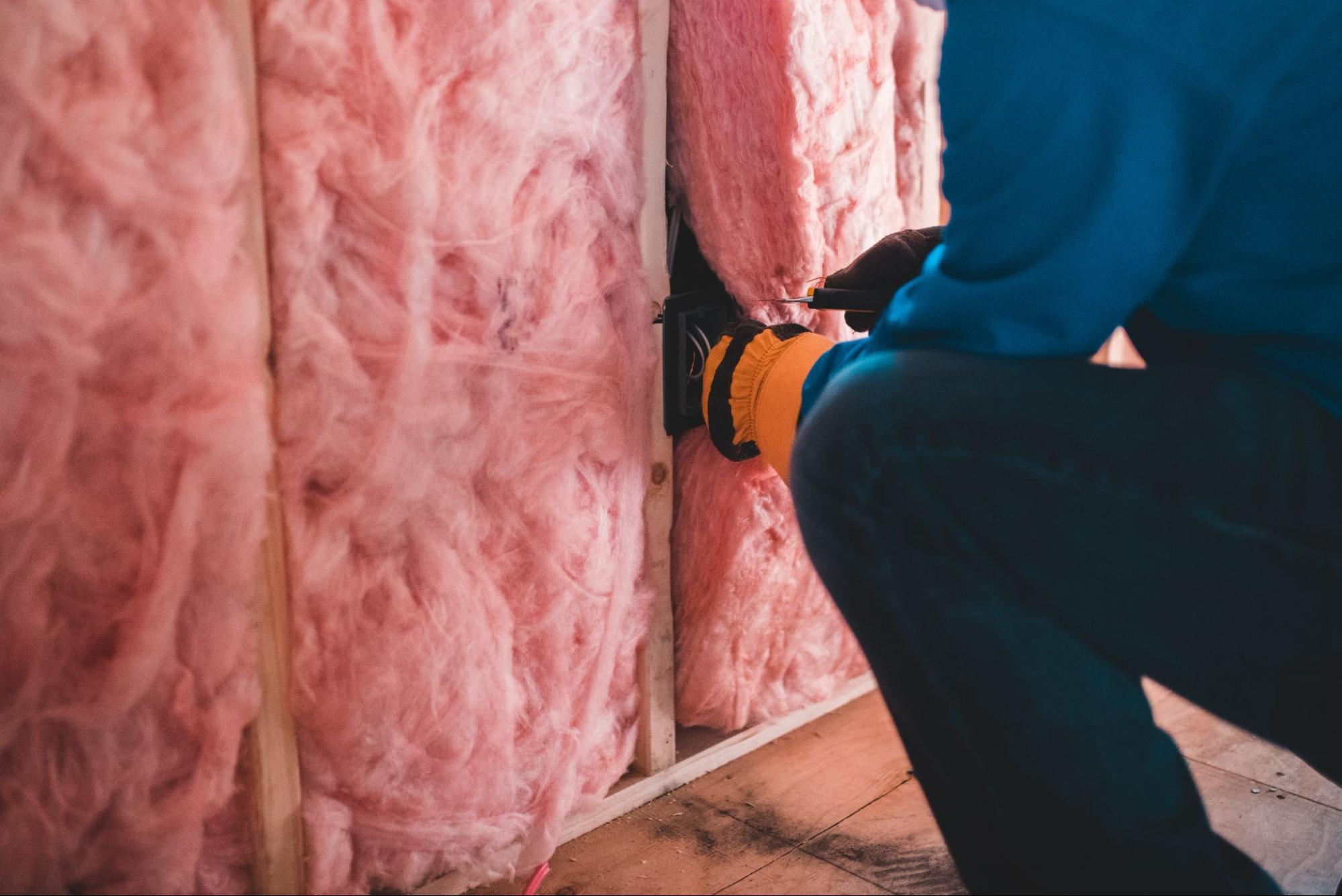
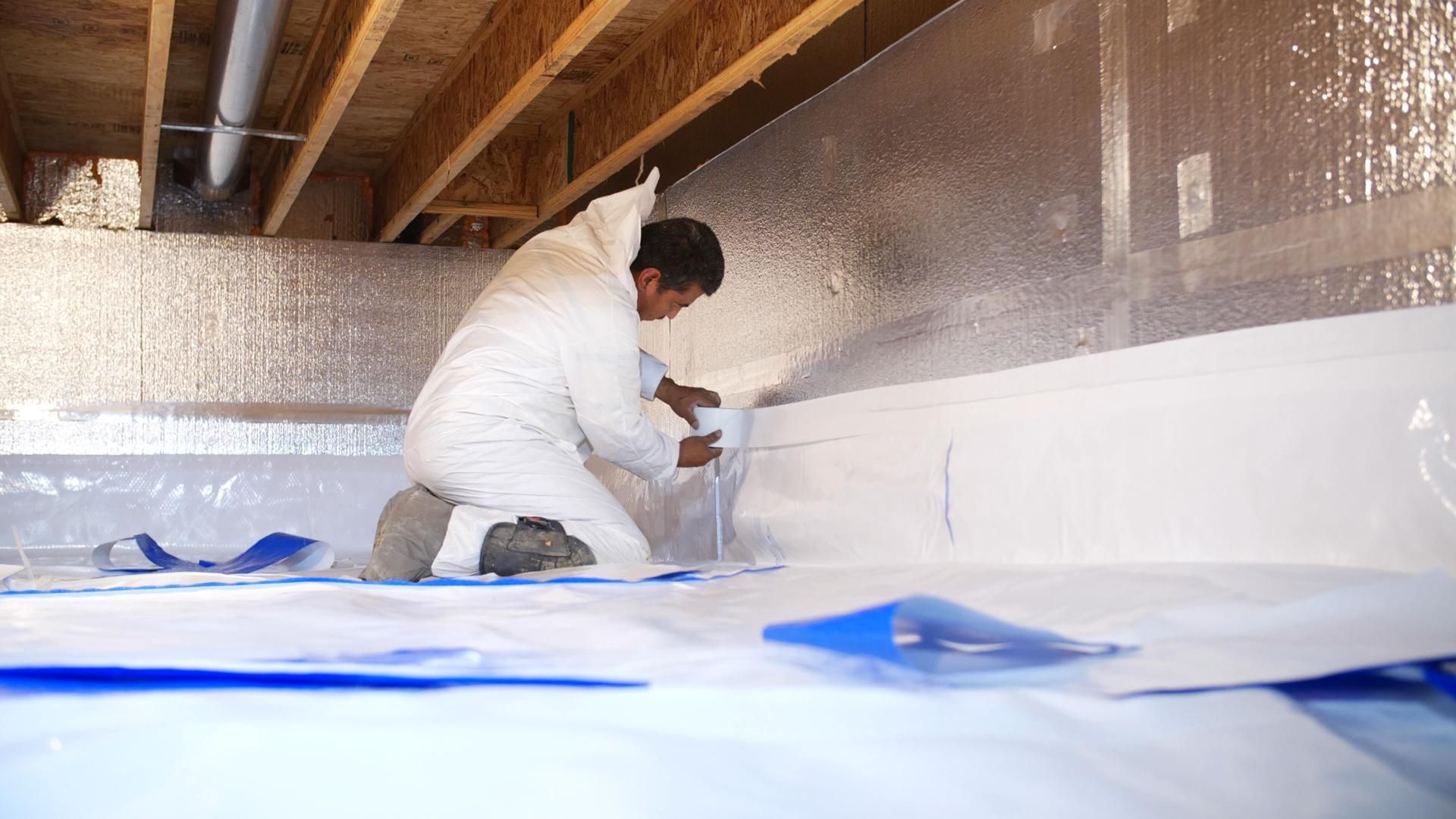
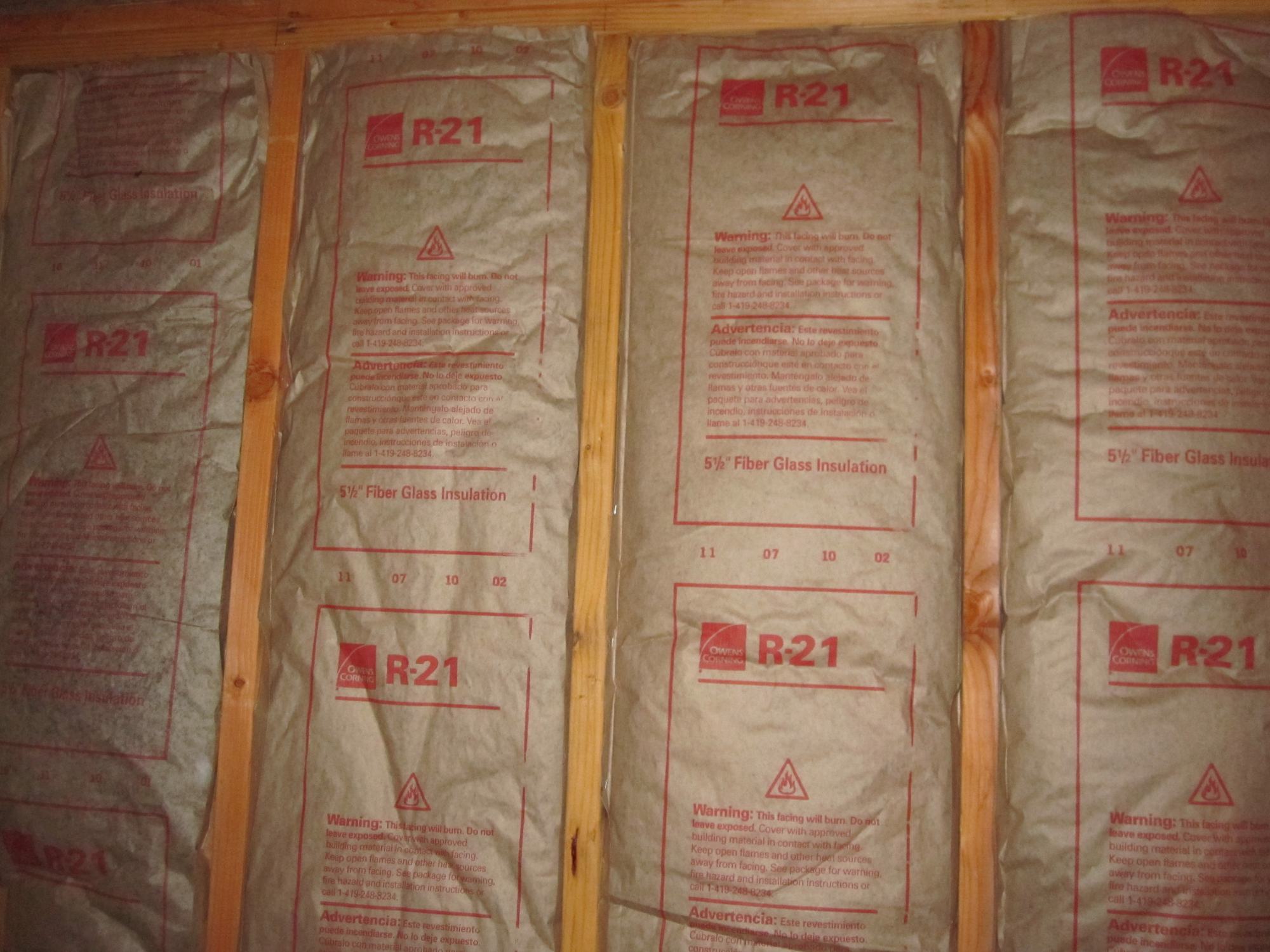
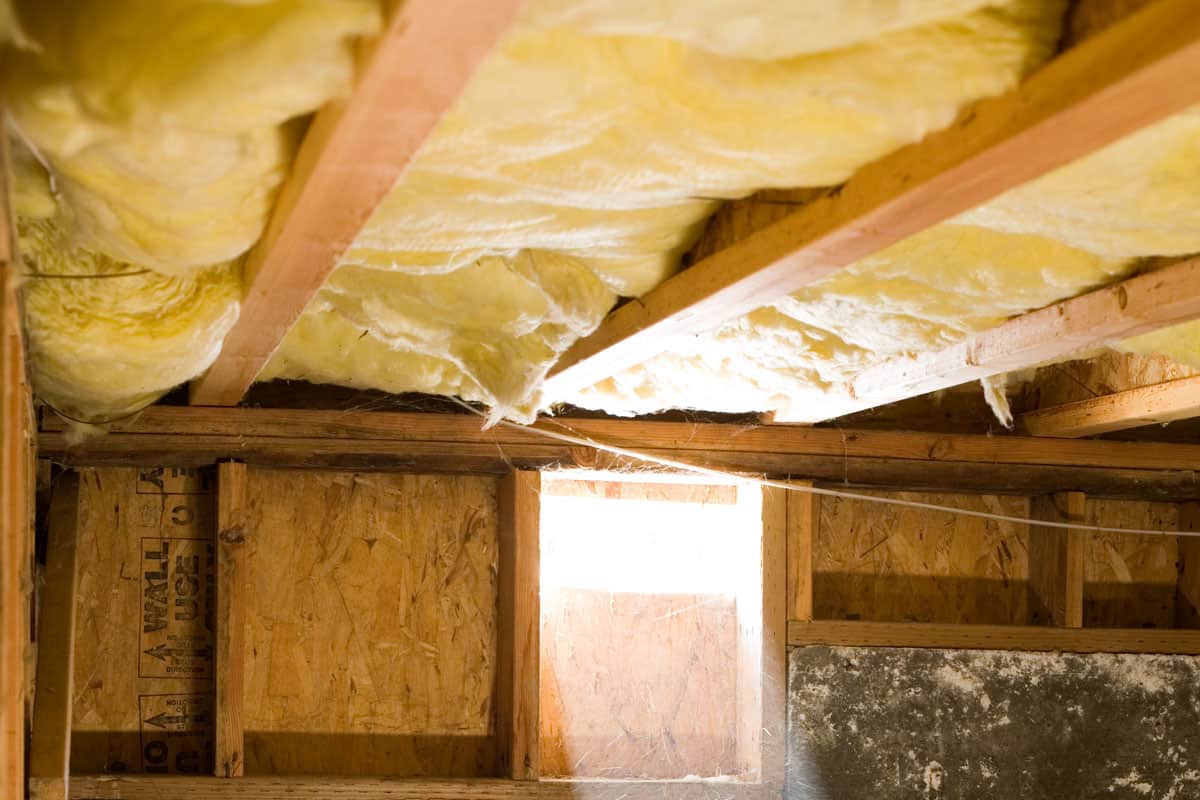
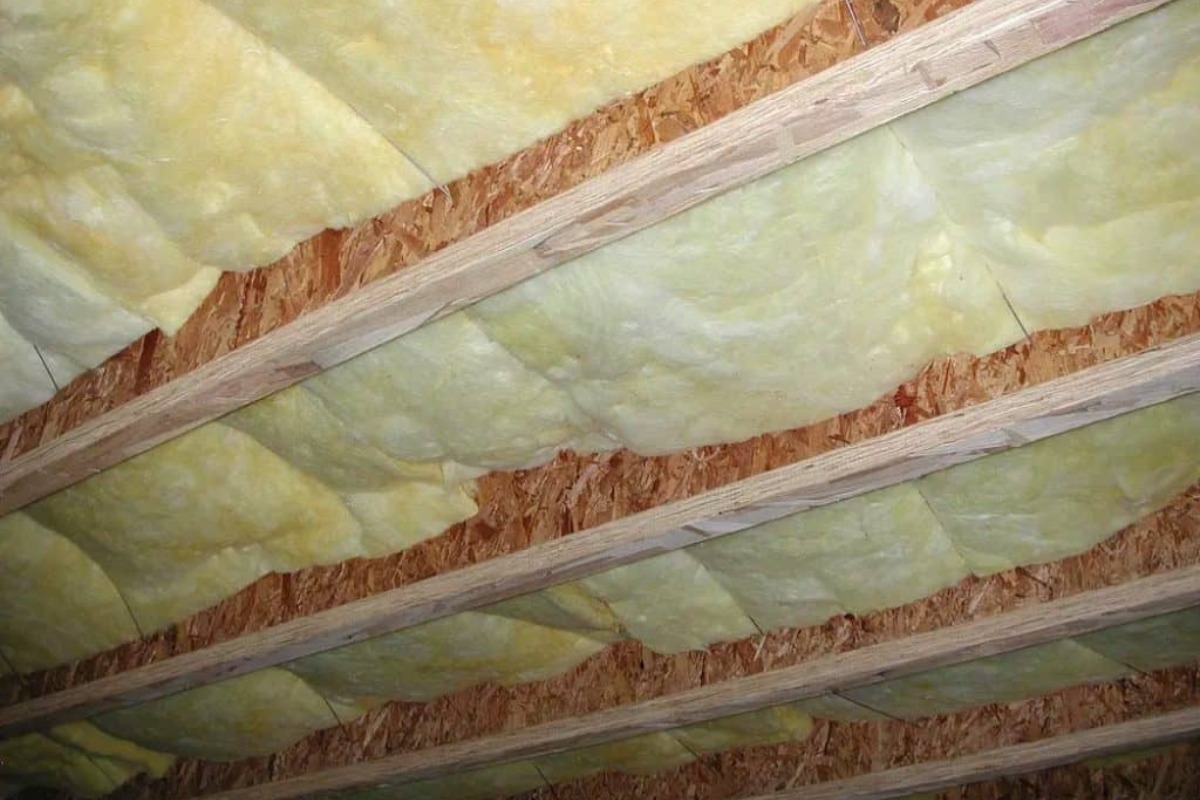
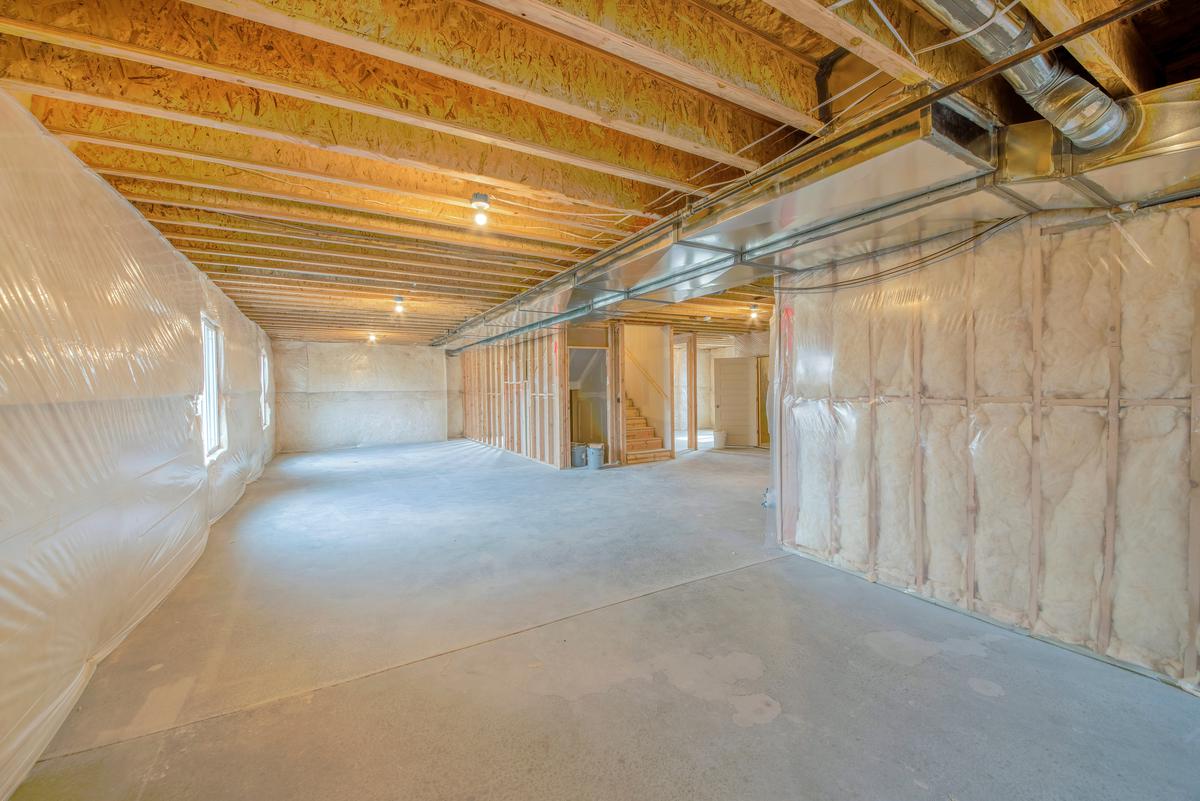
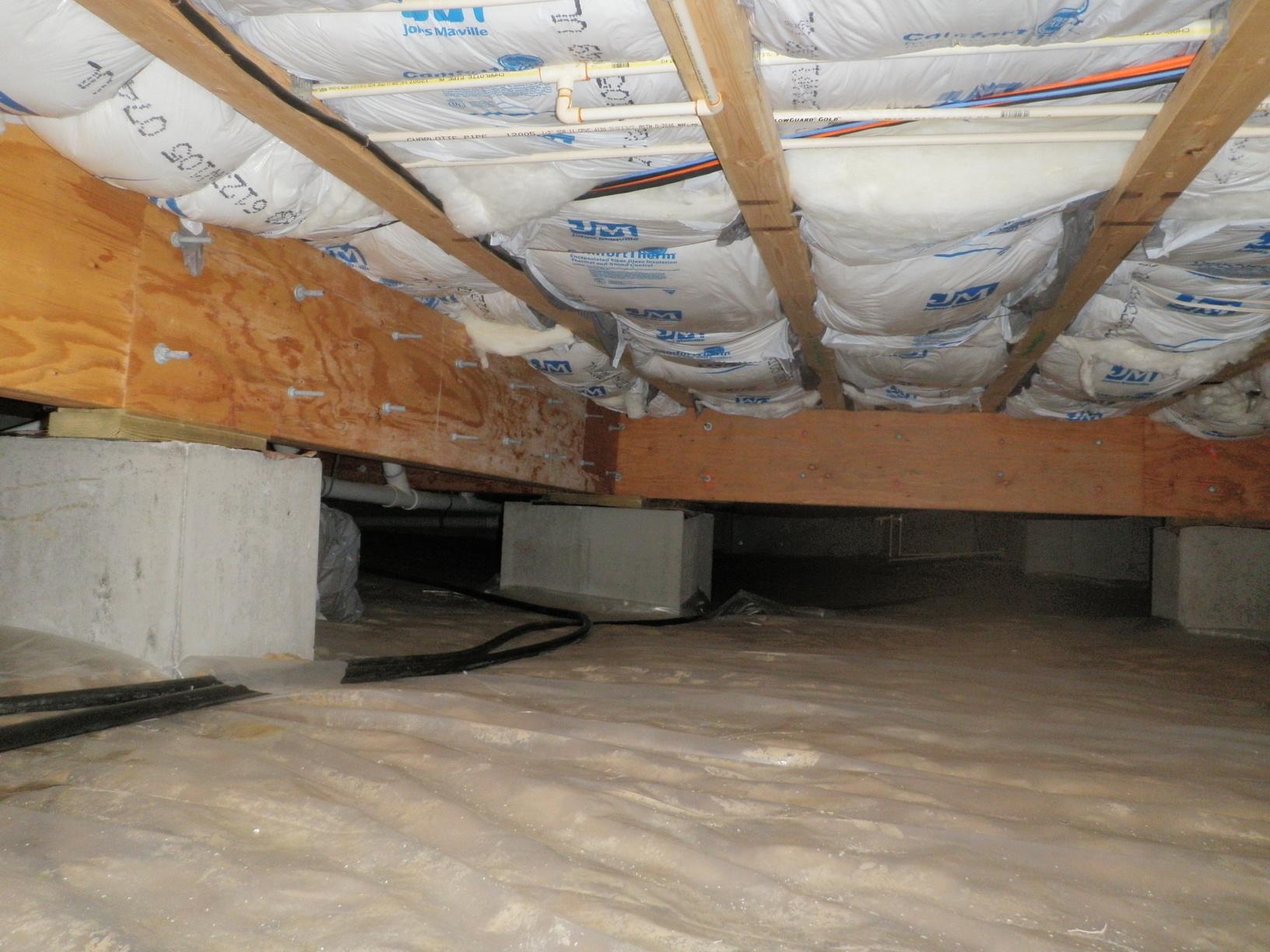
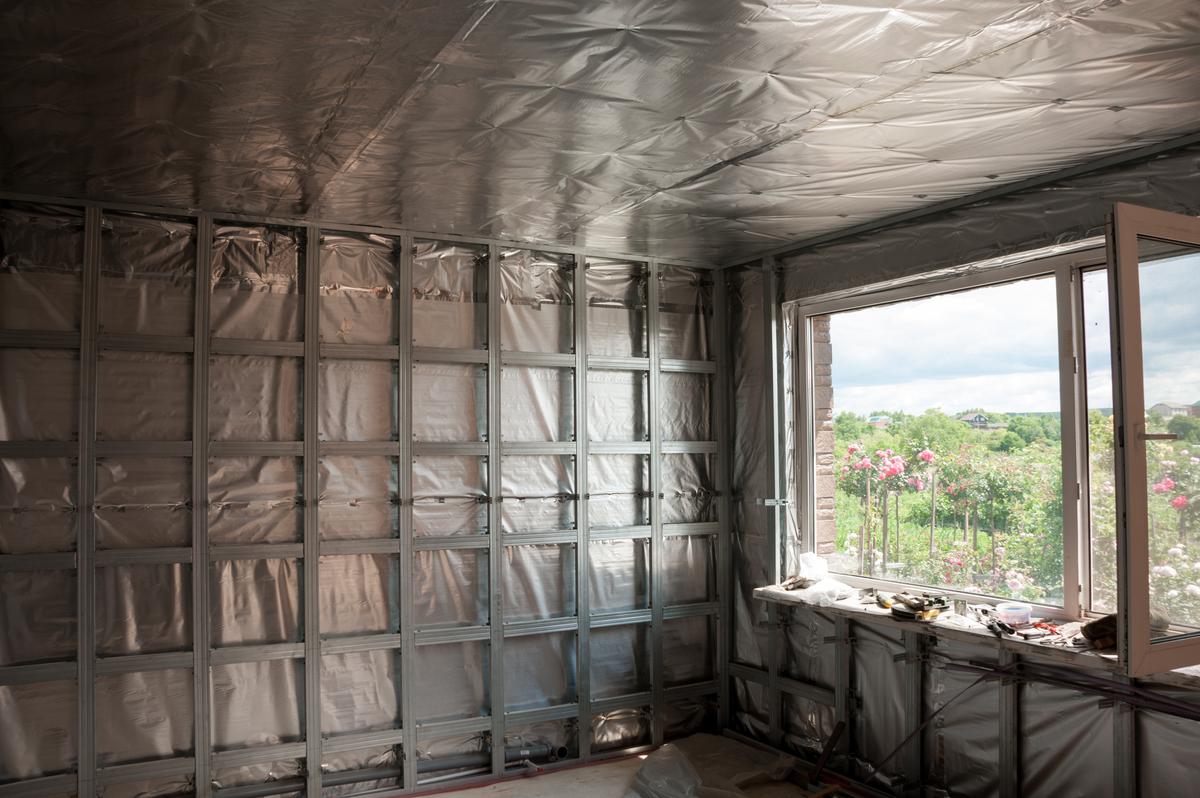
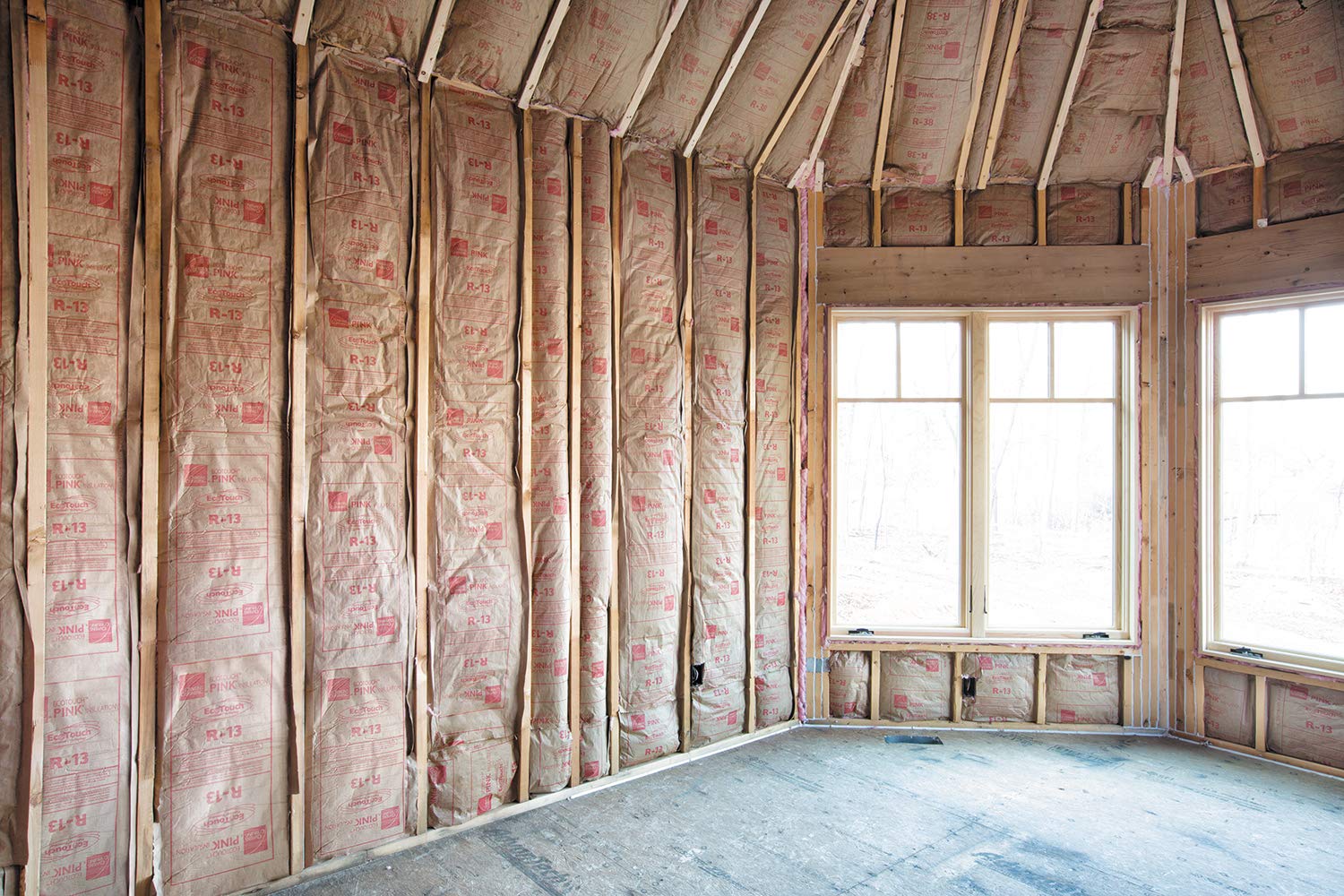
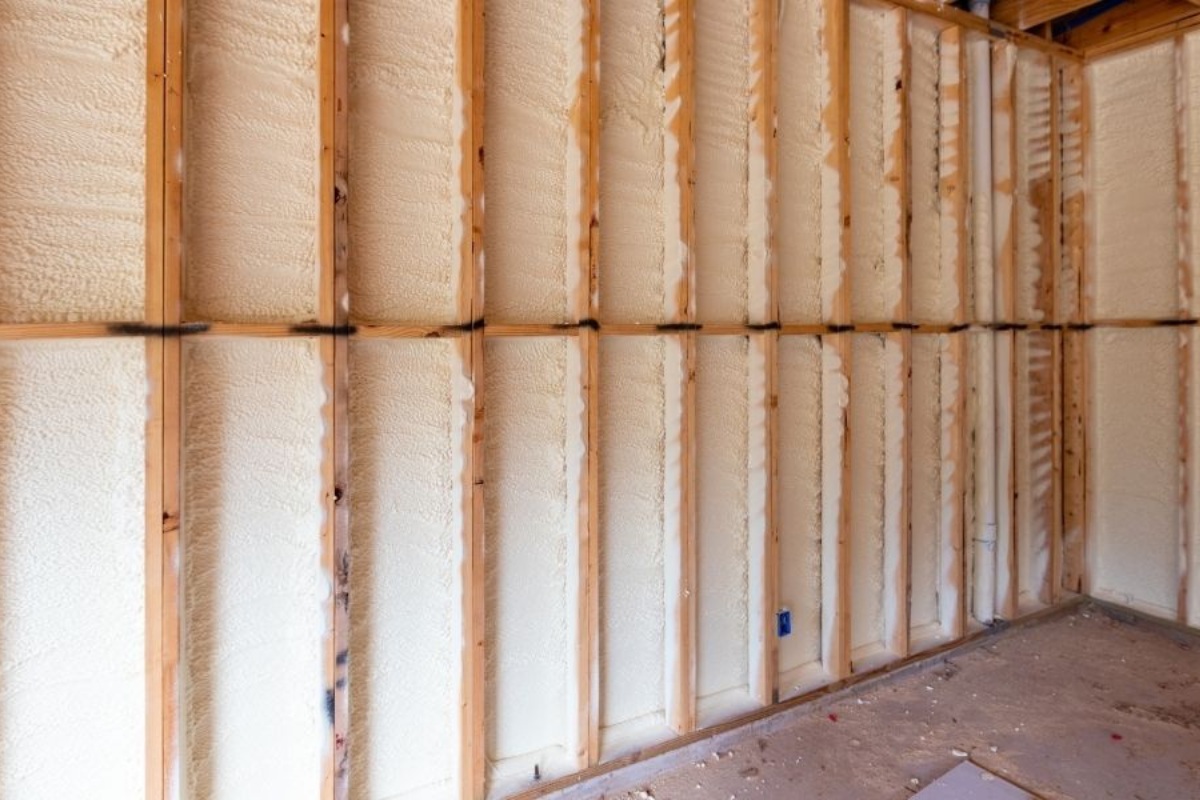
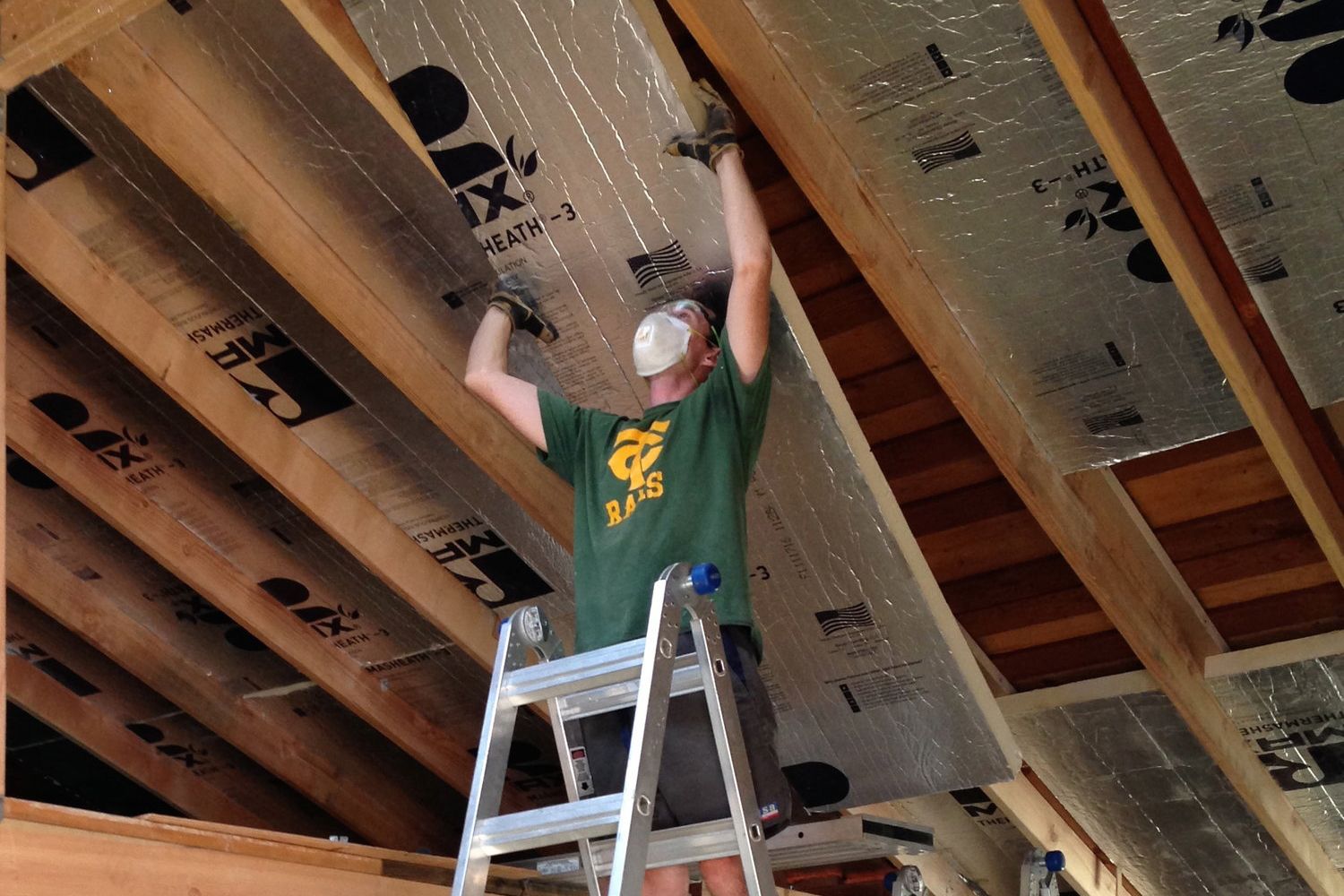

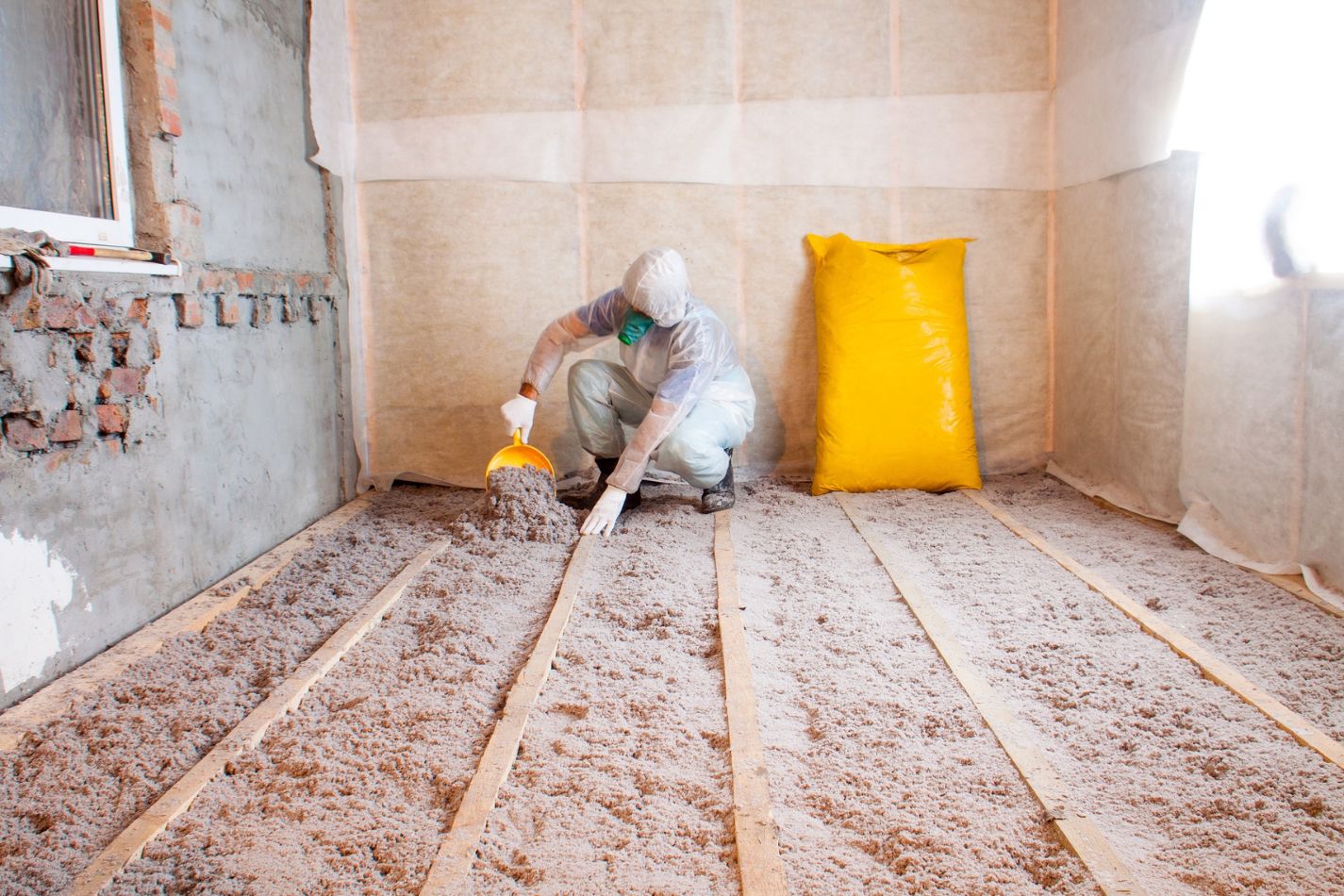

0 thoughts on “How To Calculate R-Value Of Insulation”